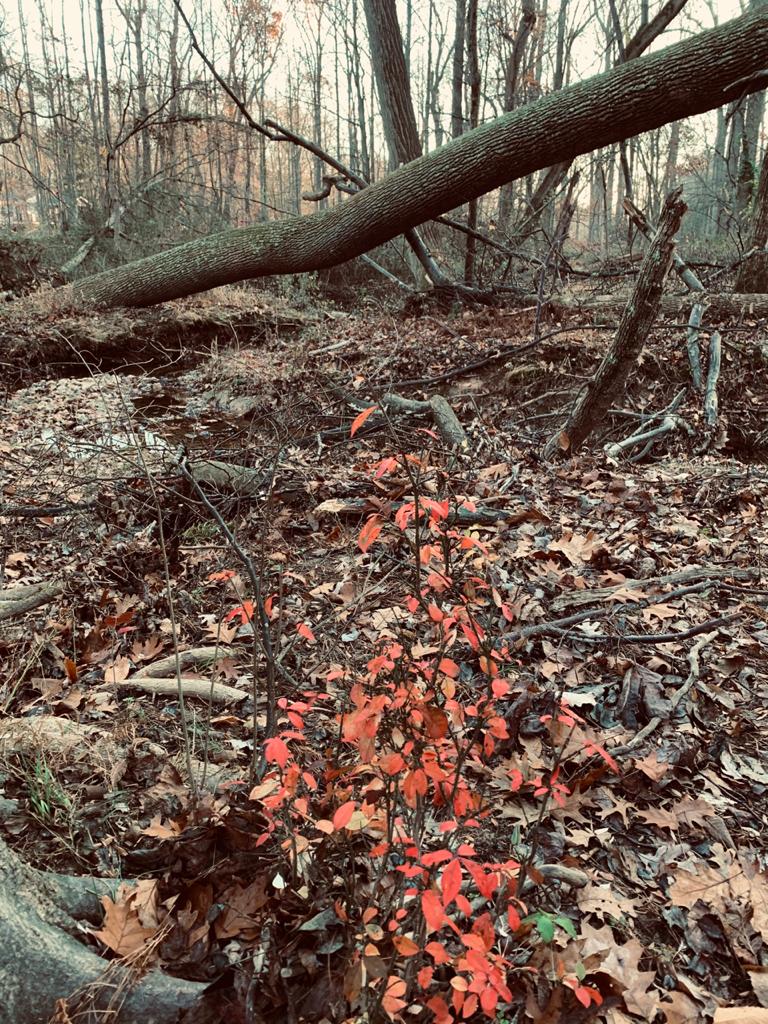Originally posted in November 2020
For the past few weeks, Sanjeev and I have been talking about the EdD program—about how it got started, how and why it was conceived, in what ways it was different from the PhD, and what we can learn about it for implementing similar programs. These conversations have been stimulating and intellectually rewarding and have offered me the chance to take a fresh look at the planning the program and the early years of its existence.

Basically, the EdD got its start because of the unsuitability of the PhD program for students who are uninterested in careers in educational research and are looking instead at an advanced degree for teachers, administrators and others educators interested in developing expertise in aspects of their professional life. When we began to plan the program, in 2009, calls for reform were being made at the national and local levels. Lee Shulman’s large study of the PhD and the establishment of the Carnegie Project on the Education Doctorate (CPED) made a strong case for two doctorates in education: the PhD for the preparation of researchers; the EdD for practitioners. At the state level, the appeal for an EdD was strong among the Hawai’i education community, especially from the private schools. Graduate division and the university administration were also major backers of reform along the lines advocated by Shulman. The college dean, Christine Sorensen, gave strong support for the development of the EdD and was instrumental in forging a close connection between the COE and CPED.
When planning for the EdD got underway in 2009, the planning committee members were in agreement that the program should be significantly different from the PhD. At the time, there was quite a lot of negative talk around the College that the committee was conspiring to produce a “PhD-lite”—a sort of watered down version of the PhD stripped of some of some of the more hard-nosed courses like statistics, and with an easy-option dissertation involving a small practitioner-style project rather than a real research study. But we were not in the least interested in taking this easy route. Our aim was not to produce a lesser program but to create one that was qualitatively different—one that would prepare students to be practitioner researchers.
I felt from the beginning that the EdD needed more than just a program rationale with the usual statements addressing needs and outcomes. It needed a philosophical basis that challenged some of the dominant views in education about what constitutes research. There’s a pervasive view (in academic publishing, for example) that practitioner research really isn’t proper research. It is supported by a widespread scientism in education that is narrow in outlook and exalts a view of science derived from a philosophical theory about knowledge acquisition, fashionable in the 1950s, called positivism.

Let me illustrate how this scientistic outlook shapes and perpetuates faculty and student thinking by reference to a narrative that was frequently communicated to incoming doctoral students. The talk, aimed at both inspiring the students and informing them about how to become researchers, invited them to picture knowledge as a wall built up brick by brick through the sedulous efforts of researchers. Their task was, first, to achieve familiarity with the wall; then, to locate any gaps; and ,finally—this would be their research project—to fill in the gap with a research brick of their own devising. One has to admire the simple economy of this image—the nicety of its linear sequence of tasks beginning with command of the subject matter and followed up with a trial/test/ordeal by which the doctoral candidate might demonstrate their skill in research. It fits handily with the sequence of the typical PhD program—course work followed by dissertation. I imagined the story being recounted to the accompaniment of Pink Floyd—“Hey teacher! Just another brick in the wall!.” What was never addressed was the idea that removing bricks through falsification (Popper), or dashing down the whole darned structure and building something else, instead (Kuhn) could count as research.
What’s wrong with this picture? It ignores the diversity of different research traditions; it focuses on the discovery of causal relationships and generalities; and, it ignores the importance of context and local knowledge. Wittgenstein viewed our craving for generality as the reason why traditional scientific research disdains the particular case: “Our craving for generality has another main source: our preoccupation with the methods of science…instead of ‘craving for generality’ I could also have said ‘the contemptuous attitude towards the particular case’”
A better account of knowledge for the EdD (and PhD), and one to which I have been giving more thought, is one that Dewey advanced, especially in his later works. It is the view the various sciences and research traditions are arts—similar in some ways and different in others, from what we typically call the arts, such as music composition and painting. As Dewey puts it: “if modern tendencies are justified in putting art and creation first…It would then be seen that science is art, that art is practice, and that the only distinction worth drawing is not between practice and theory, but between those modes of practice that are not intelligent, not inherently and immediately enjoyable, and those which are full of enjoyed meanings.(LW 1: 268-269). This was what I felt was a more inspiring message to the new EdD students—a vision of the practitioner researcher as an artist—as persons engaged in a worthwhile activity that would bring about personal and institutional development.